Michelangelo Buonarroti and the Baths of Diocletian
Diocletian's Baths are a great testimony of ancient times, the way of life of the Romans at that time, and the emperor's concern for the standard of his citizens. The construction of thermal baths was the right way to gain the favor and trust of the citizens. The Baths of Diocletian were the largest in Rome in terms of the number of visitors around 3,000. The baths themselves were in use for over 200 years until 537. That year the conquering Goths cut off the Aqua Marcia aqueduct that supplied it with water.
The last restoration of Diocletian's Baths in Rome was ceremoniously completed in 2014 in honor of the 2000th anniversary of the death of Emperor Augustus. Before that, they underwent several interventions to revitalize the remains.
Dioklecijanove terme- kakvu je ulogu u revitalizaciji imao Mikelandjelo Buonaroti?
Water is the source of life and development
The ancient Romans' obsession with water was truly admirable. After the ancient Greeks, who were the first to implement sewage and water in their settlements, the Romans accepted and improved this prerequisite for creating functional cities.
The Baths of Diocletian were similar in size to Caracalla but could accommodate many more visitors. Their construction was started at the request of Maximian in honor of Diocletian who never even visited the city of Rome. It lasted 8 years between 298 and 306. not. Diocletian is significant in the history of the Roman Empire because of the introduction of the tetrarchy. It is a system of dividing power into four rulers.
Demonstration of construction skills
This imposing complex is a demonstration of incredible craftsmanship. High, spacious volumes are vaulted with cruciform vaults resting on arches. Even today, after seventeen centuries, they command respect.
The Baths of Diocletian are divided into several zones with covered pools, typical of Roman baths. The Calidarium, of which only a fragment of the semicircular wall remains, the Tepidarium, and the Frigidarium were placed one in front of the other along the central axis of the complex. They differ in water temperature, which can be guessed from their names. The large Natatio pool was used for recreation. It is the focus of the last reconstruction from 2014.
The Pope demands the reconstruction of the Baths of Diocletian
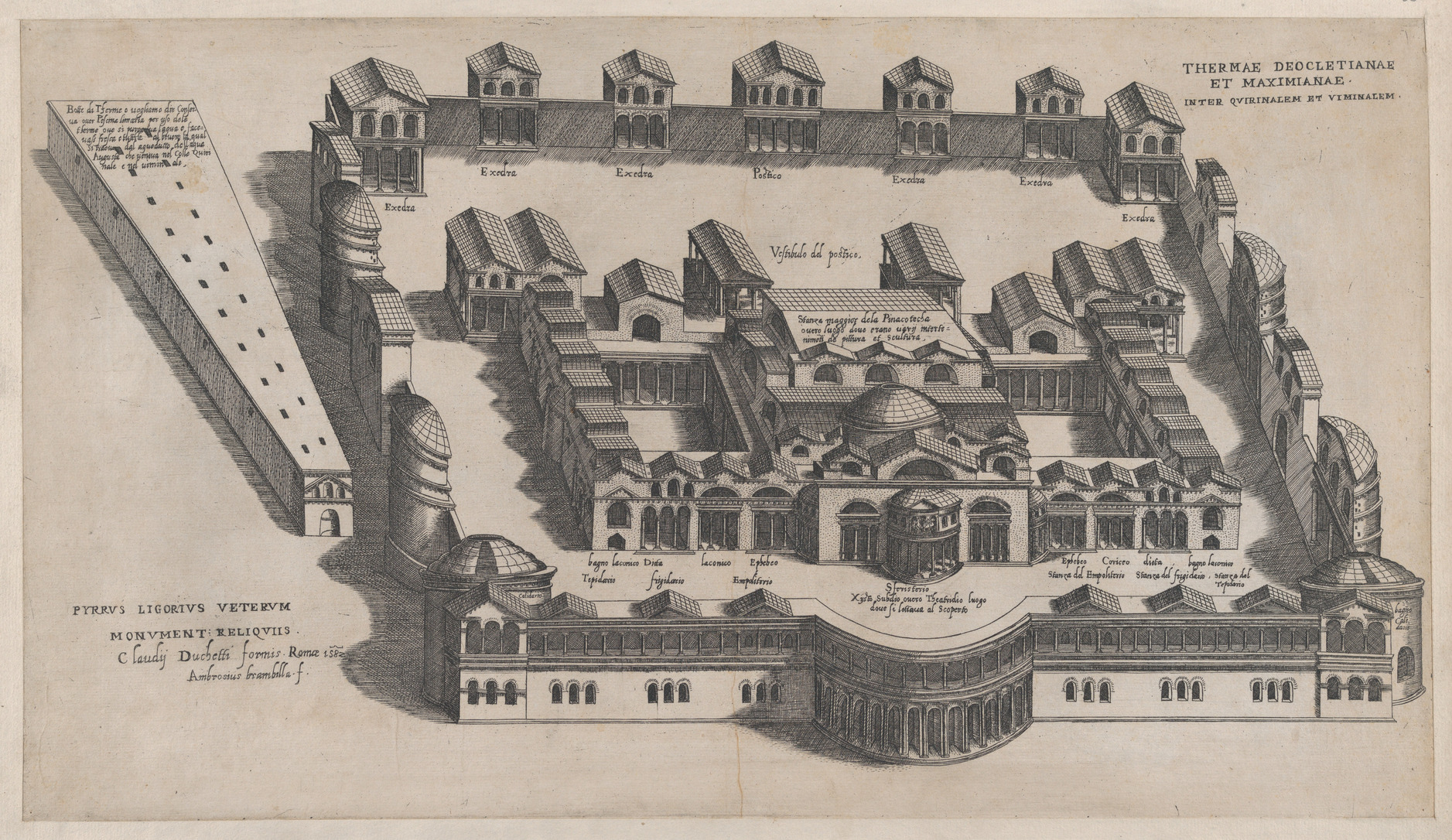
“The Baths of Diocletian, from ‘Speculum Romanae Magnificentiae’” by Giovanni Ambrogio Brambilla is marked with CC0 1.0.
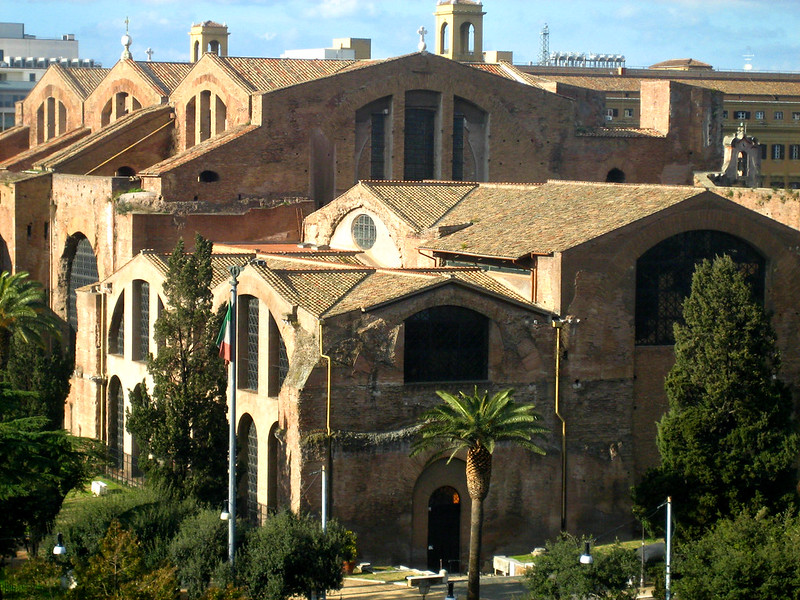
“s. maria degli angeli” by antmoose is licensed under CC BY 2.0.
The decorations have been lost in the ruins, leaving us to see the massive walls as supporting elements. However, the shape of the window is original and still interesting. According to the engravings, which represent an attempt to visualize the original appearance, this complex was lavishly decorated.
Pope Pius IV invited Michelangelo at the age of 80, to revitalize this complex with all his skill and experience in today's terminology. He demanded that the existing remains of the Baths of Diocletian be used for the Basilica. Michelangelo made a great concept.
What is hidden behind the ruins of Diocletian's Baths?
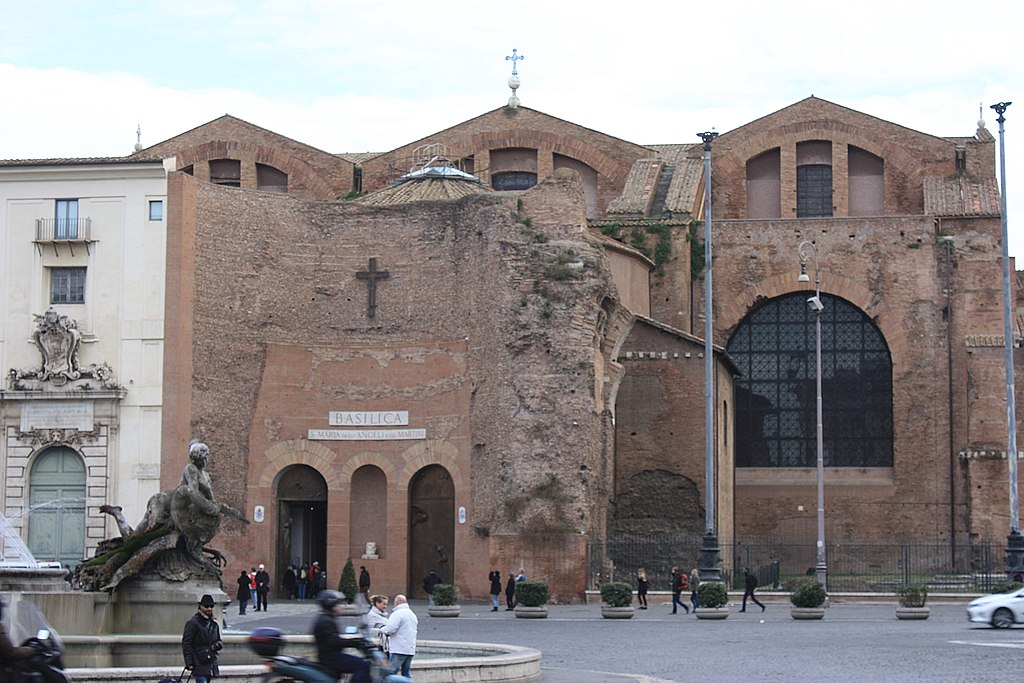
“File:Rom, die Kirche Santa Maria degli Angeli e dei Martiri.JPG” by Dguendel is licensed under CC BY 3.0.
The Basilica of Santa Maria degli Angeli e dei Martiri is a great surprise for visitors. That was caused by Michelangelo's choice for the entrance to the church to be through the original remnant ruins of the Caldarium wall. He chose a pure historical artifact- without decorations, without the imposing facade typical of churches.
He created a new church inside the existing shell- the rest of the former Tepidarium and Frigidarium of Diocletian's baths. He used the existing vaults, arches, and supporting elements and brought them back to life with impeccable taste.
This ingenious decision must have been based on vast life experience that reduced the need for unnecessary proof. The old builders were honored and their skills were highlighted. Immense respect for cultural and architectural heritage was also shown.
Baths of Diocletian modeled on Florence
The Basilica of Santa Maria degli Angeli e dei Martiri in Diocletian's Baths is not the first building by Michelangelo with such a facade. His masterpiece The Medici Chapel in Florence, is also located in the basilica without a formal entrance.
One could access the Carthaginian monastery, intended for two new cloisters from the Basilica.
Michelangelo designed the Chiostro Grande (great cloister) with arcades about 100 m long in one direction of the square courtyard. There, outdoors, sculptures and artifacts from the past are exhibited in a sort of gallery promenade.
On the second floor of the Chiostro Grande del Michelangelo, is the Museum of Proto-History of the Latin People - Museo Protostorico
Diocletian's baths and the monastery became the National Museum of Rome after the Carthusian monks left this complex in 1889. The National Museum consists of several smaller museums dedicated to the Latin peoples within the framework of the Roman Empire.
What is near the Baths of Diocletian today?
Today, the ruins with the hidden Basilica of Michelangelo are surrounded by modern buildings. The semicircular square - exedra - has been preserved. It is formed by newly built buildings that follow the line of the walls of Diocletian's baths from the 4th century.
The largest railway station in Rome and the second largest in Europe - Termini comes almost to the very walls of the Diocletian Baths. It was named after them. Its position was determined by Pope Pius IX at the end of the 19th century. The former building was demolished and replaced by a modern one of imposing dimensions after the Second World War. rate.
The station was built using the latest developments in concrete structures. In this way, the continuity of the latest construction achievements is supported. At the same time, it is an excellent visual contrast to the heritage.
Michelangelo respects the inherited architecture
It can be said that the rule for placing new buildings in historical surroundings was established on the legacy of ancient Rome. To keep as many buildings as possible with an imposing structure and well-known investors. Glorious ruins remain as a testament to time. Artists and architects get their own space to present their work but also participate in the revitalization of heritage.
An architect is obliged to respect his predecessors. In the example of the entrance to the Basilica of Santa Maria degli Angeli e dei Martiri, Michelangelo showed his inclination to the ancient heritage. This unwritten rule was established even before Michelangelo's life, but he especially illuminates and highlights it with his fame.



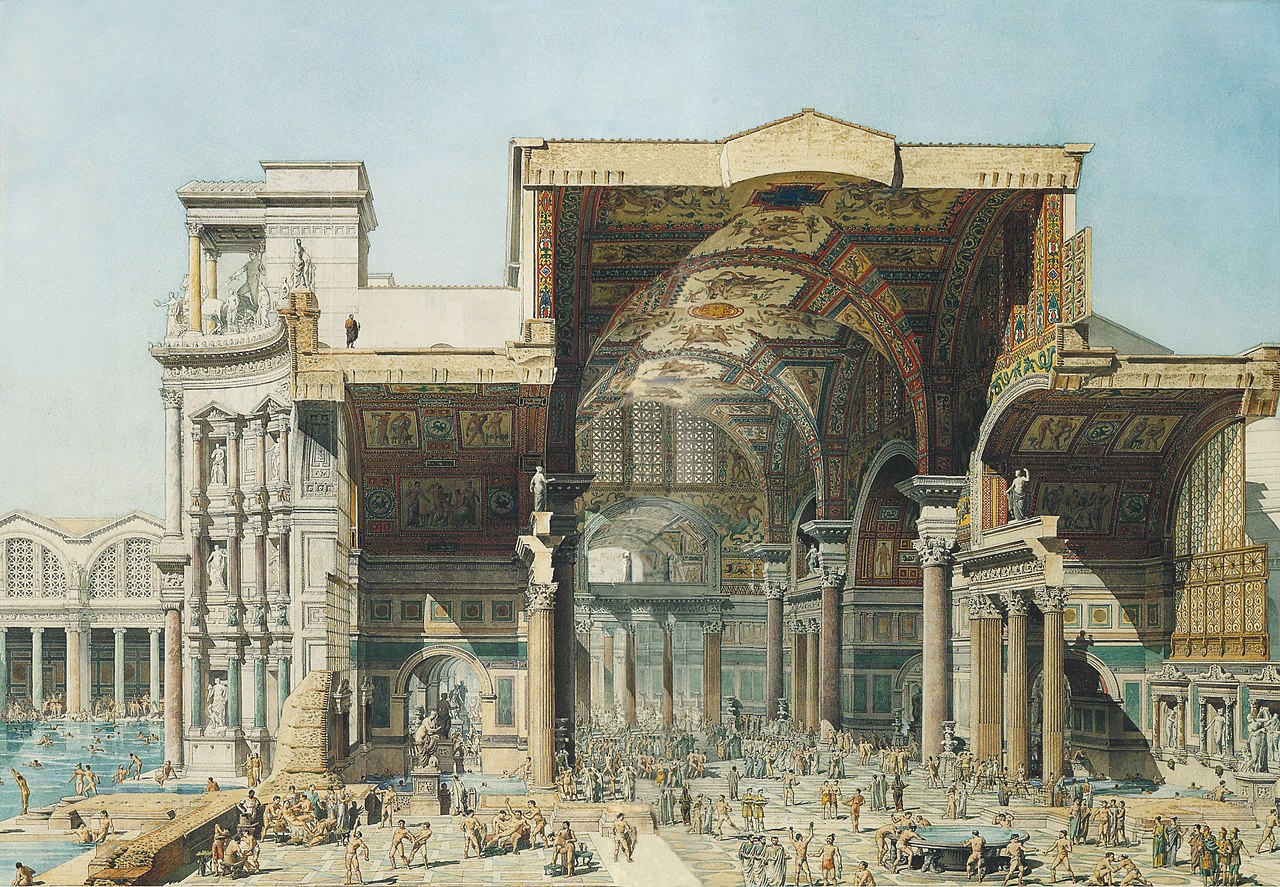
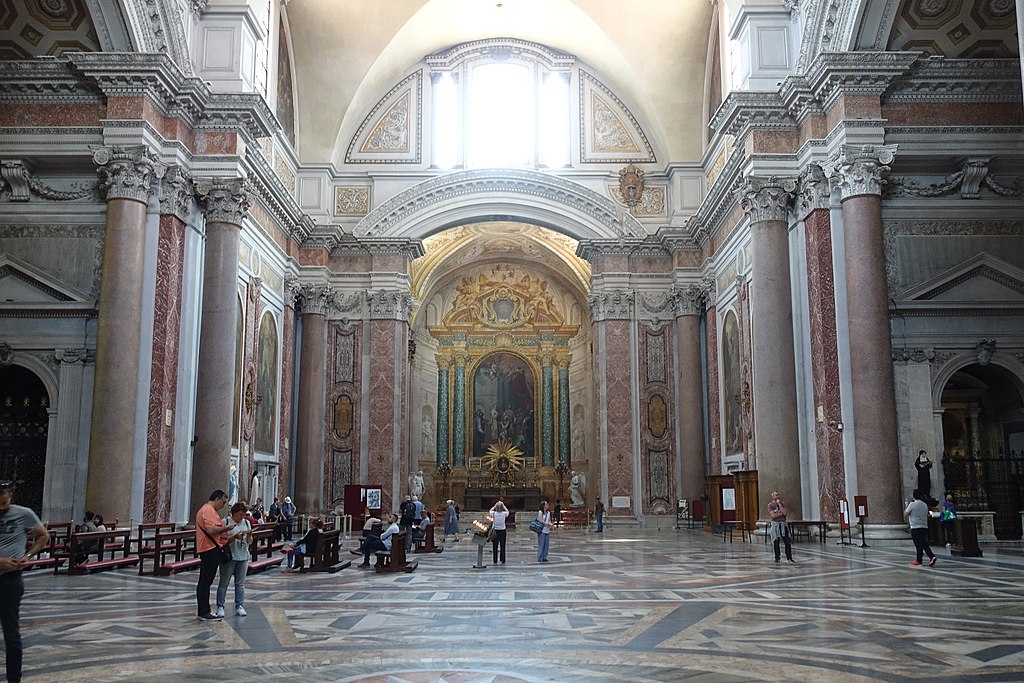
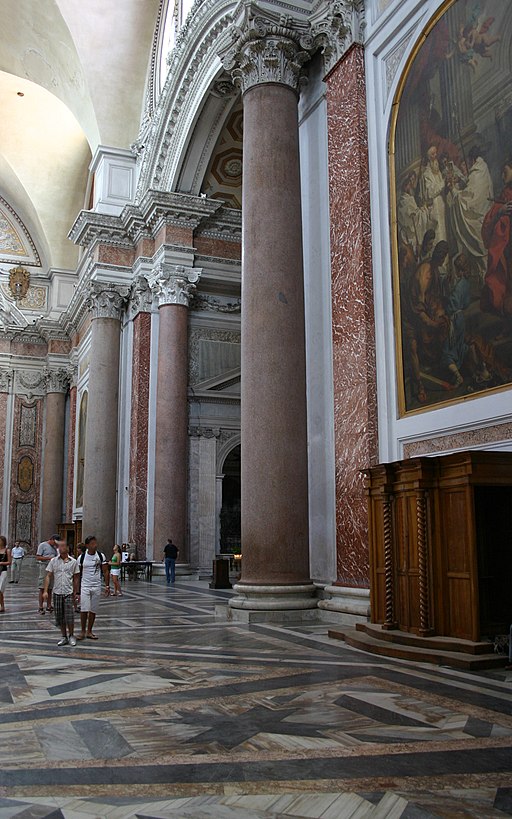
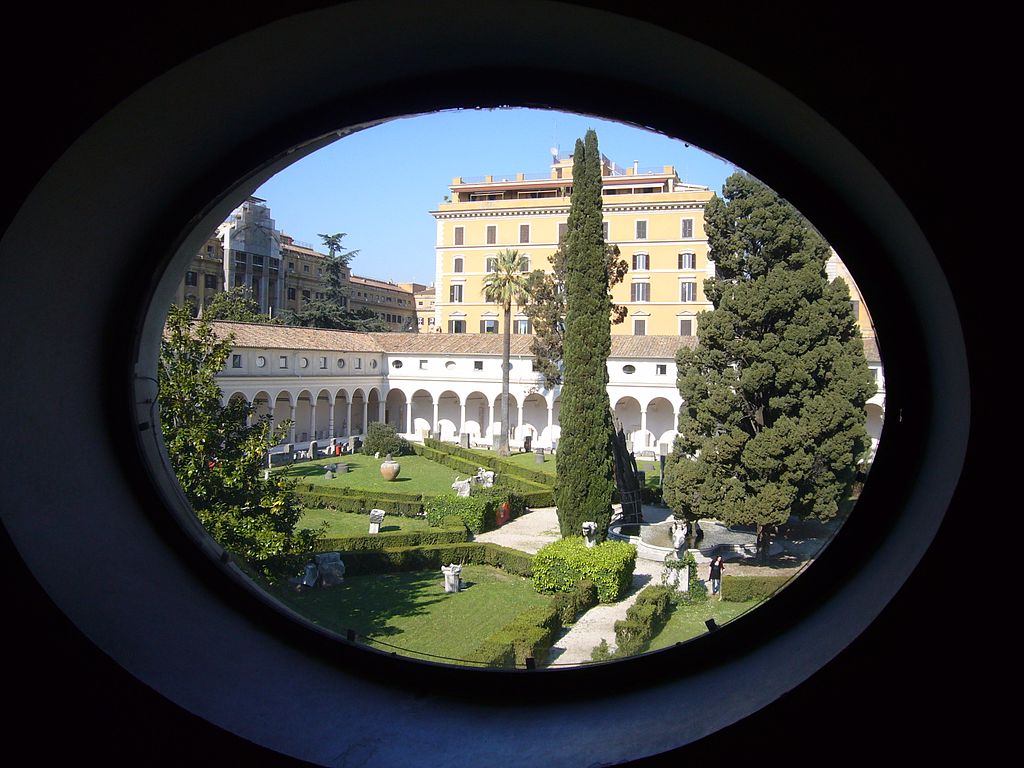
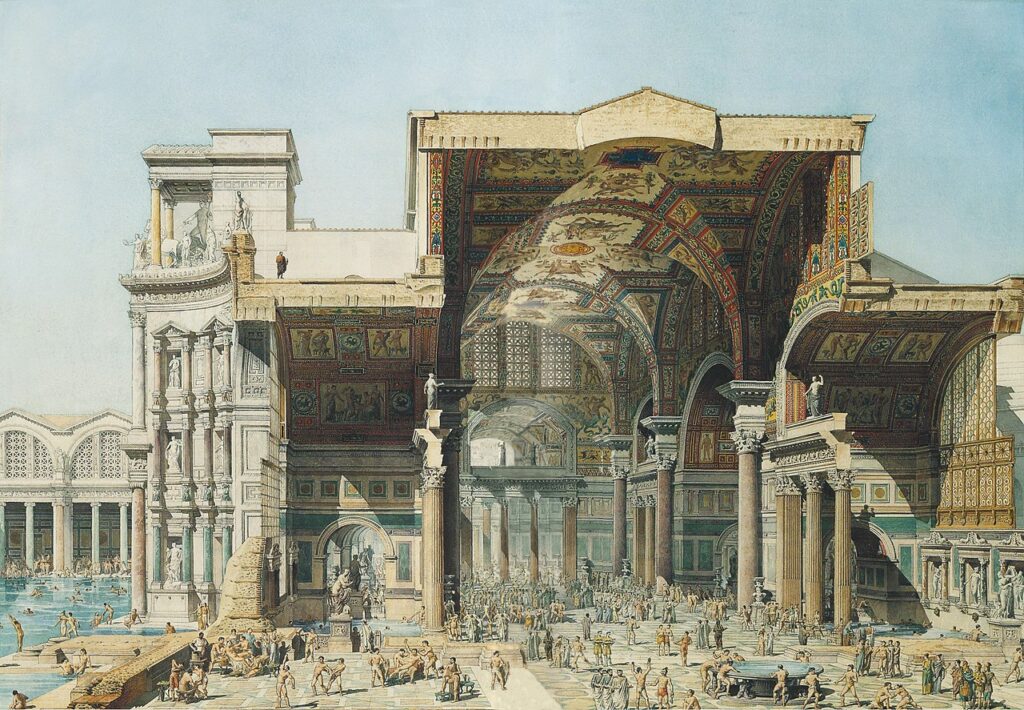
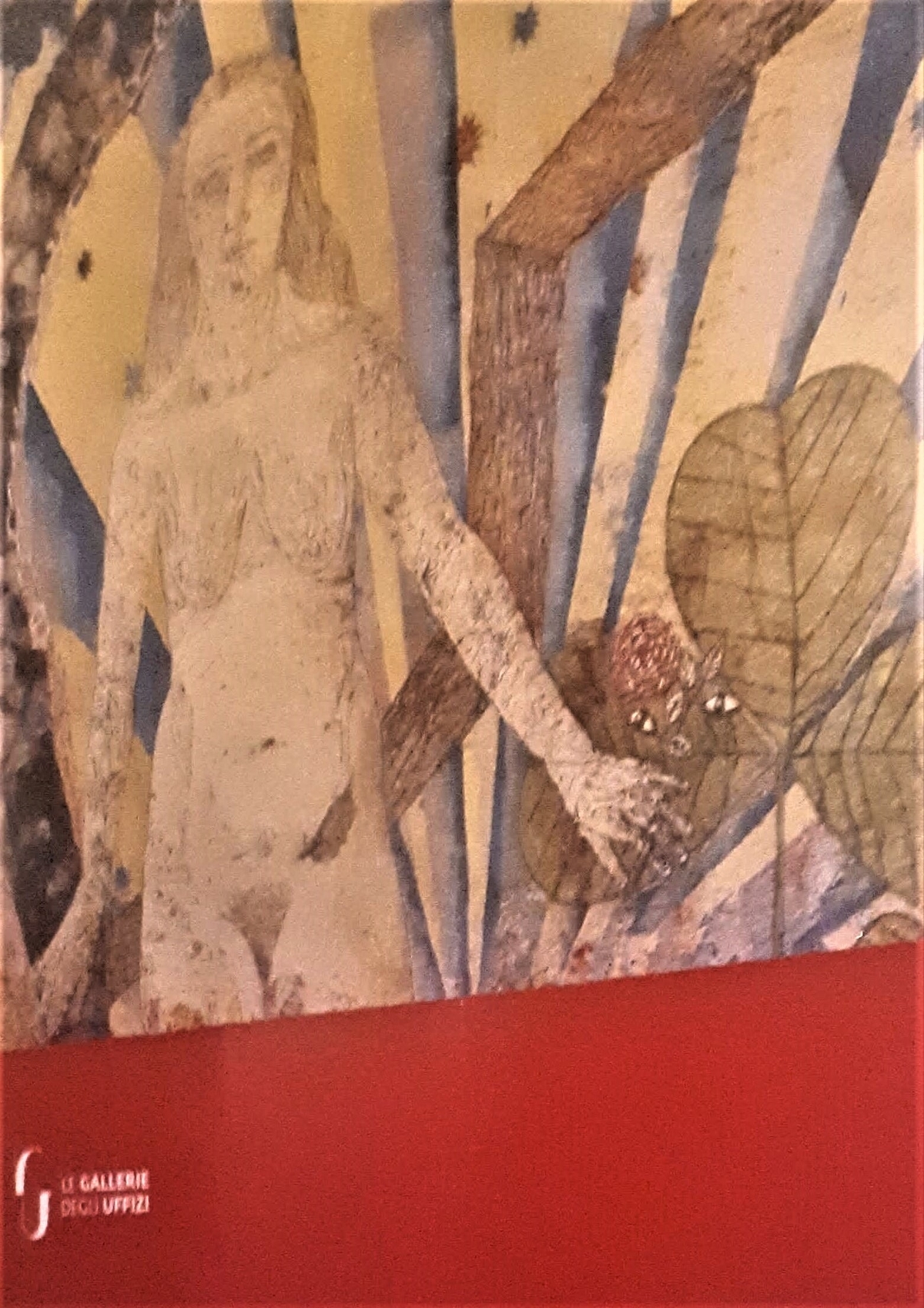
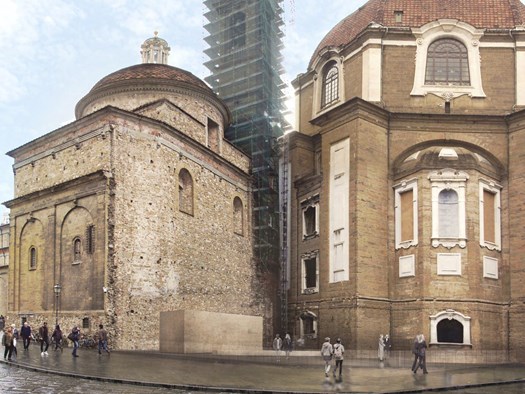
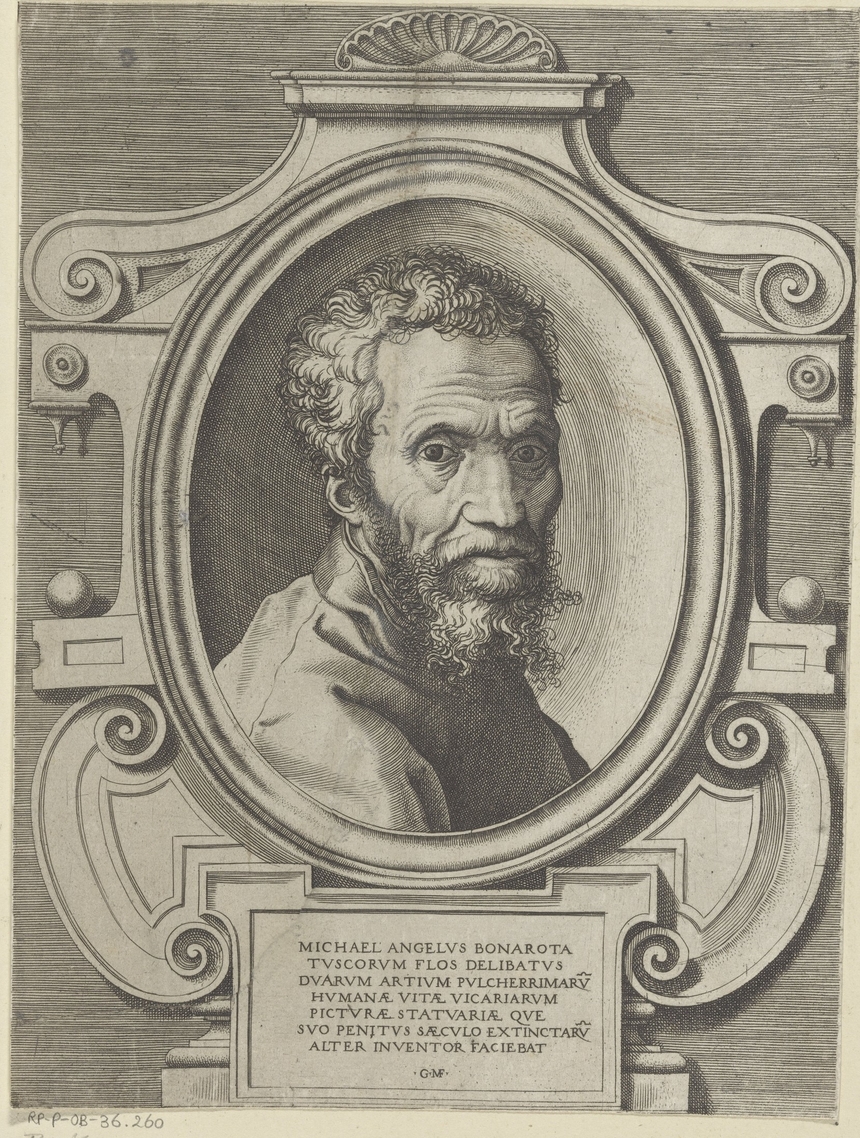
Leave a Reply